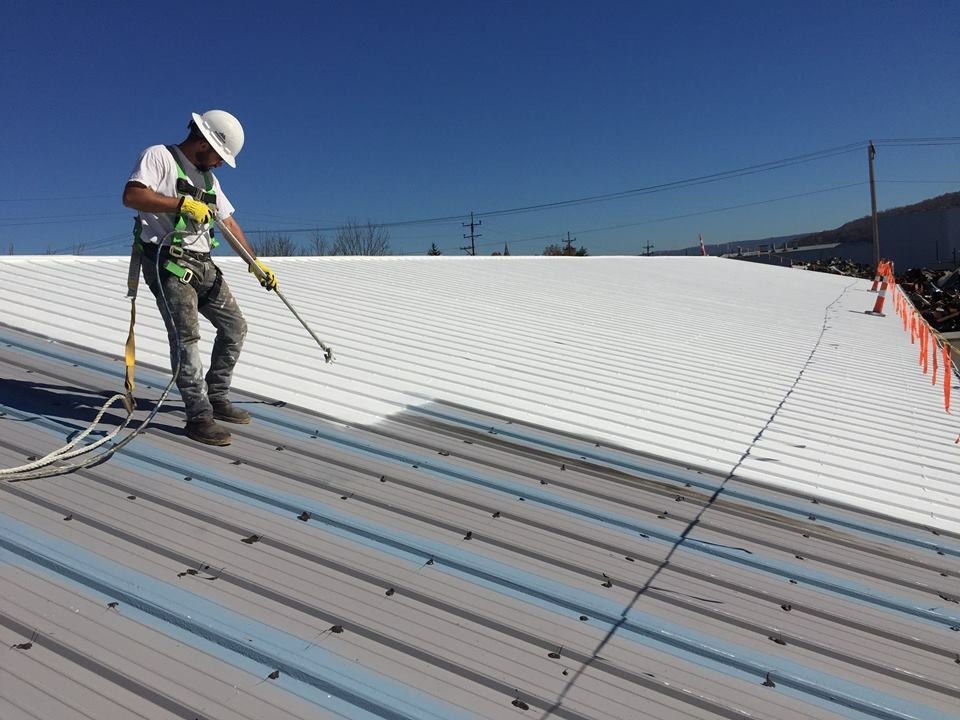
Keeping a roof over your head can be tough enough, but if yours has been damaged or is simply getting old, deciding whether to repair or replace it opens up a whole new can of worms. How do you know when it’s time to patch things up, or just tear the lid off and put on a new one? We’ve assembled some simple guidelines to help make your decision-making process easier. taktekking bergen
Keep it simple
Don’t shell out thousands for a new roof when repairs may be in order. A properly-installed roof less than 20 years old may simply be a candidate for some TLC. Unless yours is in extremely poor condition (ex: bad decking, deteriorating shingles, serious water issues), repairs will take less time and cost loads less than installing a whole new roof. If you are unsure of what to do, consult a licensed contractor for their professional opinion.
Weigh the pros and cons
Both repairing and reroofing have their ins and outs. Repairs will take less time and mean less spent on labor, materials, and disposal. Unfortunately, the lifespan of the materials used will be about 25% shorter than if used in a new installation. Have a new roof installed, and you may enjoy the protection of a warranty for materials, labor, or both. You also won’t need to worry about reroofing again for a long time to come.
Don’t wait too long
If minor repairs can be carried out before a major rebuild is necessary, don’t procrastinate. Why wait until water is pouring into your home through cracks you could have taken care of months ago? Wait too long and you might not have any choice but to replace the entire surface.
A material world
Roofing materials have different life expectancies. Knowing what yours is made of can give you a better idea of whether it is time to replace it. taktekker bergen
- Cedar – (About 20 years) Wetness encourages moss growth while dryness leads to cracking and crumbling, so condition will be affected by climate conditions
- Wood – (About 30 years) May last longer in places with moderate weather
- Asphalt – (20-50 years) Most asphalt shingles last around 20 years, but top-quality versions may be rated for up to 50
- Metal – (40-80 years)
- Tile (Concrete/Slate/Clay) – (100 years or more) While tiles may crack on occasion, most are long-lasting and virtually worry free
